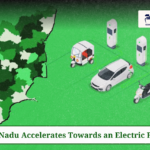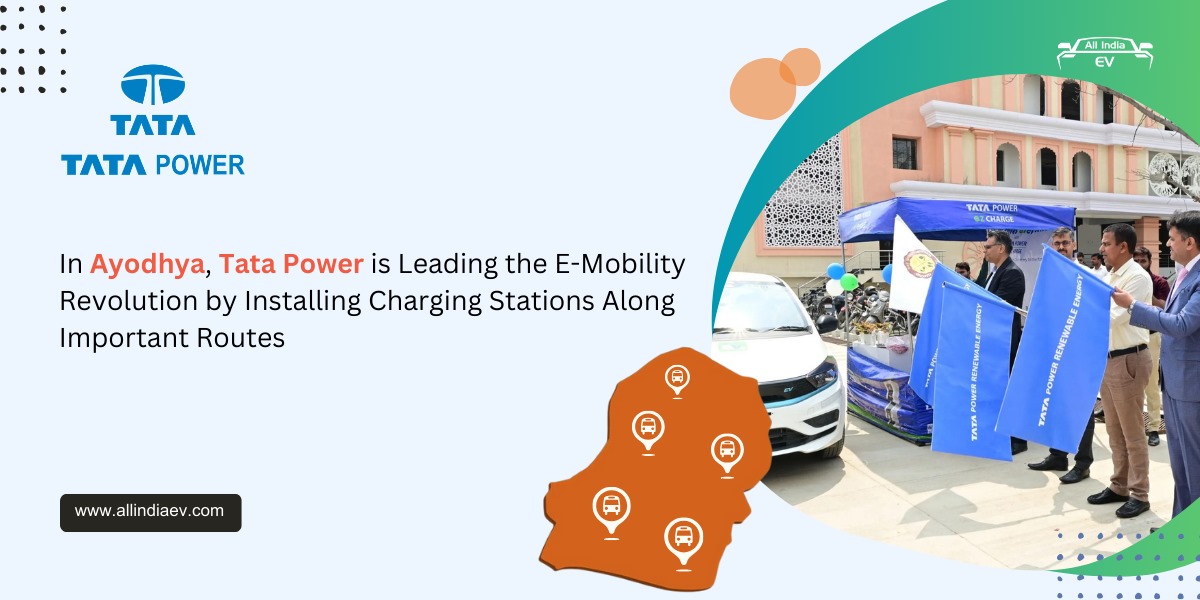NTU Singapore and Durapower’s cloud-based AI solution for enhancing battery durability and security
A team of scientists from NTU Singapore and Durapower Singapore has developed a new technology that works on the internet and can make lithium-ion batteries last longer and safer. These batteries are very important for using clean energy and electric cars, which are becoming more popular. They are also needed for storing data on the internet, which is growing too.
This new technology uses IoT and AI, which are smart and connected devices, to help businesses and data centers avoid problems with lithium-ion batteries, such as fires, especially in places that are hot and wet like Singapore. The leader of this research project is a professor from the university and the boss of the company, and they get support from the government.
In the past four years, the team has developed a system called FXMS, which uses Digital Twin technology, where a virtual replica of an actual battery is created to mirror the one in real life, offering high accuracy, real-time monitoring, and predictions of battery conditions for up to five years.
The FXMS can check regularly which battery pack is going to fail and can tell when is a good time to change it, with up to 95 percent accuracy, up to over six months in the future. Right now, they are testing it in a big box that has a data center inside it on the university campus.
The team thinks that their new technology, which they have applied for a patent, can help to make lithium-ion batteries last more than 50 percent longer, and reduce the pollution from making and throwing away batteries, as batteries need a lot of materials and energy to make.
Asst Prof Hung Dinh Nguyen, who is the Cluster Director of Renewables’ Integration & Microgrids at the Energy Research Institute at NTU (ERI@N), explained, “Our main aim is to enhance the safety and efficiency of large-scale energy storage systems and Electric Vehicles, as a single faulty cell can spark off a chemical fire that is extremely hard to put out. Since our technology is cloud-based, it is scalable and can easily be adapted for consumer electronics such as mobility devices, laptops and mobile phones, helping the batteries to last longer and in the long run, reduce electronic waste and carbon footprint,”
Chief Executive Officer of Durapower Group, Kelvin Lim commented, “With the global mandate for sustainability, smart mobility, and a carbon-neutral future, we’re seeing widespread adoption of energy storage systems and uptake of EVs. The development of a customizable software platform like FXMS furthers efforts toward robust and comprehensive digital infrastructure based on Machine Learning and Artificial Intelligence to capture increasingly complex battery and energy usage in the EV market. The outcomes from this joint initiative with the EMA, NTU, and Durapower on FXMS will enable better decisions based on data and analytics, facilitating optimal battery health, performance, and longevity.”
NTU Vice President (Industry) Professor Lam Khin Yong said that NTU and Durapower are working together to create new green technology with the help of the Singapore government.
“NTU is good at working with big companies to make new things that can solve problems in their field. We use our knowledge in things like saving the environment, making better batteries, and using smart devices and AI, with Durapower’s skills and experience, to make innovation faster and help our local small businesses grow in the world in new industries like electric cars and energy storage systems.”
Digital twins are like copies of real things or places in the computer, and they are very important for the infocomm industry because they can help make better and safer decisions with AI suggestions.
This is also a research area that NTU supports a lot in its NTU 2025 plan, under its Innovation & Entrepreneurship goal that started this year. For example, for big battery storage systems that are used for green energy grids or data centers, the digital twin can help control the batteries, such as changing the electricity flow to make weaker batteries last longer or stopping using a battery pack until it can be changed.
When batteries get old, like those in electric cars, they are often used for other things like energy storage and then made into new batteries. The ERI@N is working on solutions for everything about battery storage, from battery control systems to making batteries. In the future, the NTU team will work with Durapower to test their solution on bigger data centers and to make it fit for different uses and battery systems.
Content Credit: ET CTO





